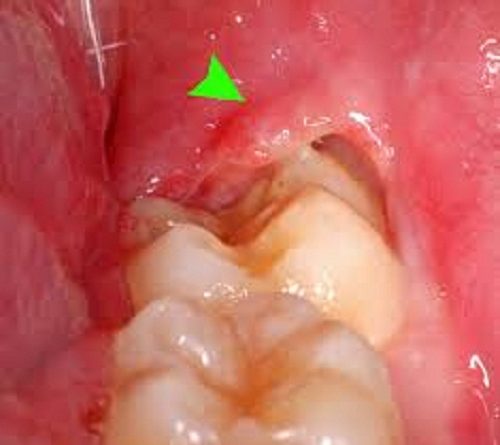Postoperative infections after extraction of third molars
The extraction of the third molars, commonly known as wisdom teeth, can lead in some cases (an estimated 6%) in postoperative infections, although not serious if properly treated, affect the quality of life patients with discomfort, pain and local inflammation.
At first, they may be confused simple any postoperative discomfort with what may be the beginning of infection. Therefore, given any continuous and growing annoyance is essential to visit our specialist and we do a complete history that leads to a correct diagnosis.
Similarly, a number of habits that can increase possible infection. The most logical and normal oral hygiene is incorrect since microorganisms and their proliferation are the main agents of any infectious complications. Similarly, it has been shown that smokers or patients older add points to the occurrence of an infection.
It cleaning and postoperative wound antisepsis are required; for this, it is helpful chlorhexidine digluconate as a mouthwash.
It is, therefore, essential, it craves a specific oral care for postoperative such as the removal of third molars. It cleaning and postoperative wound antisepsis are required; for this, it is helpful chlorhexidine digluconate mouthwash as well as proper brushing. In addition, this topical antimicrobial agent helps at the onset of other complications such as a dry socket or infection of the tooth socket, very annoying and painful.
You might think that to an infection such a good remedy could be a treatment with antibiotics. And so, their validity once diagnosed infection is certain. However, their use before surgery is questionable. There are conflicting studies on both its benefits and its futility, to which must be added that these drugs can have serious side effects, so it is best to leave the antibiotic in case of high risk or relevant systemic diseases.
Returning to the use of antibiotics once postoperative infection appears, it is desirable to perform a sensitivity test of bacteria in order to determine the antibiotics recommended in each case. Not always these tests are carried out and opt for a broad spectrum treatment with amoxicillin, an antibiotic to be well tolerated. Clindamycin may be an alternative to amoxicillin in patients with hypersensitivity to penicillin; moreover, it is more effective against odontogenic infections, where the bacterial flora is very complex, with lots of beta-lactamase producing strains, responsible for the resistance of bacteria to certain antibiotics enzyme.
Finally, if so required postoperative infection, and in conjunction with antibiotic treatment, surgery is a treatment option. Contact infected with oxygen and excision of granulation tissue (in the article also talks about removal of foreign bodies in the alveoli) tissue is an option to resolve the infection when antibiotics alone have not been achieved.





